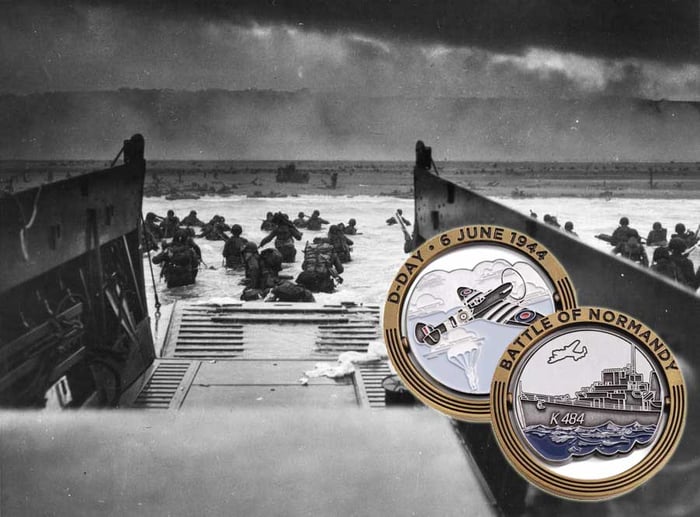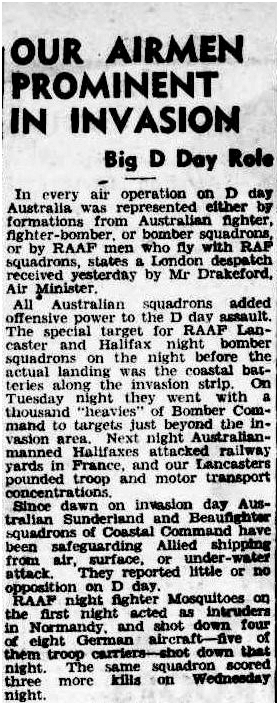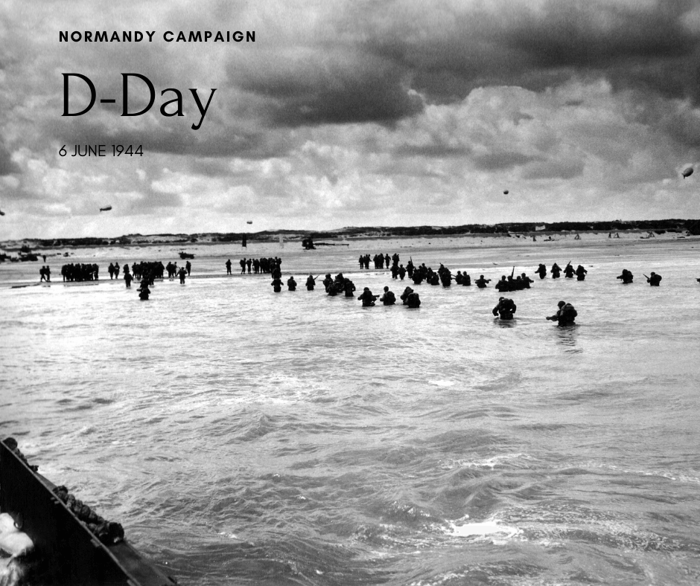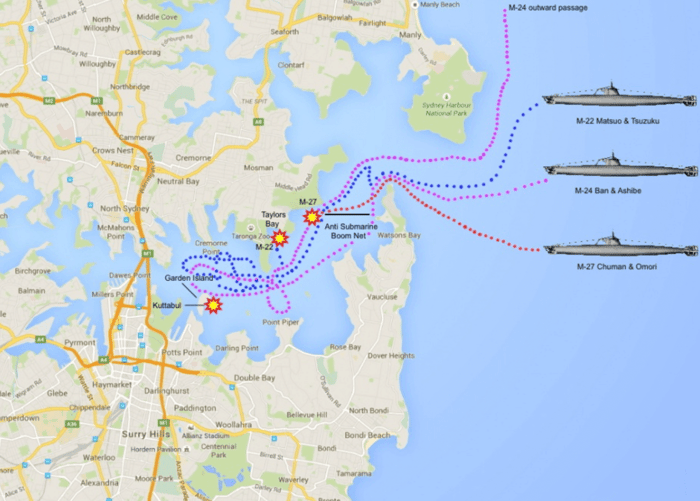
The Role of Australian Forces in the D-Day Landings: A Historical Perspective
The D-Day landings on June 6, 1944, marked one of the most pivotal moments of World War II. While the efforts of American, British, and Canadian forces are widely recognised, the crucial contributions of Australian forces in the Normandy invasion are often overlooked. This article delves into the role of Australian soldiers during D-Day, highlighting their bravery, strategic importance, and the personal stories that underscore their sacrifice.

NLA news article 11817467, 10 June 1944
Australian Forces and the Normandy Invasion
Australian forces played a multifaceted role in the D-Day landings, primarily through their involvement in the Royal Australian Air Force (RAAF) and the Royal Australian Navy (RAN). Although no Australian infantry units were directly part of the initial land assault, Australians were integral to the air and naval operations that supported the invasion.
The Royal Australian Air Force (RAAF)
The RAAF's contribution to D-Day was significant, with many Australian airmen serving in various Royal Air Force (RAF) squadrons. These squadrons were crucial in the lead-up to and during the Normandy invasion, carrying out bombing raids, reconnaissance missions, and providing air cover for the landing troops.
One notable figure was Flight Lieutenant Bill Newton, who exemplified the courage of Australian airmen. Although Newton was not involved in D-Day itself, his heroic actions throughout WWII inspired many. His bravery and the sacrifices of other Australian pilots helped secure air superiority over Normandy, which was essential for the success of the landings.
The Royal Australian Navy (RAN)
The RAN also had a presence during the D-Day landings, with Australian sailors serving on various Allied ships. These ships were tasked with bombarding German defences, clearing mines, and providing vital support for the landing troops. The Australian destroyer HMAS Shropshire, although not present at Normandy, represented the skilled and determined spirit of Australian naval forces during WWII.
The Legacy of Australian Forces in the D-Day Landings
The contributions of Australian forces in the D-Day landings are a testament to their bravery and dedication. Their efforts in the air and at sea were crucial to the success of Operation Overlord and the eventual liberation of Western Europe from Nazi occupation.
Remembering and Honouring Their Sacrifice
The role of Australian forces in the D-Day landings was indispensable to the success of the Normandy invasion. Through their involvement in the RAAF and RAN, and the personal bravery of individual soldiers, Australians left an indelible mark on this critical chapter of WWII. By remembering and celebrating their contributions, we ensure that the legacy of these brave men endures for future generations.
As we reflect on the D-Day, Military Shop, Australia invites you to explore it’s range of WWII memorabilia and collectibles, including the exclusive D-Day - Battle of Normandy limited-edition medallion (only 500 units) and lapel pin (only 1000 units). Each purchase not only honours the memory of those who served but also preserves a piece of history for future generations.
Sources:
https://www.dva.gov.au/news/latest-stories/recognising-australias-involvement-d-day
https://www.awm.gov.au/commemoration/D-day










.png)




